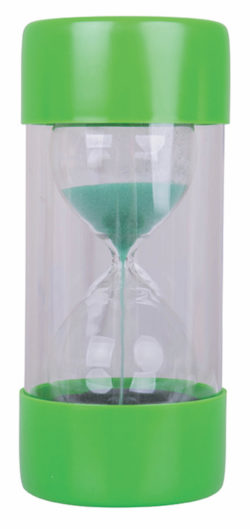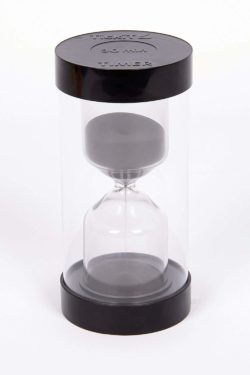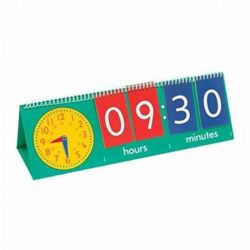No products in the cart.
Numeracy Toys
Time
Fun toys and books to tell the time!
FILTER
Age
- 1
- 2
- 3
- 4
- 5
- 6
- 7
- 8
- 9
- 10
- 11
- 12+
Product Type
- Accessories
- Arts & Crafts
- Books
- Flashcards & Wipe-Clean
- Games
- Jigsaws & Puzzles
- Learning Resources
- Toys
Stage
- Babies
- Early Years
- Primary KS1
- Primary KS2
- Toddlers
Skill
- Communication Skills
- Creativity
- Discovering the World
- Fine Motor Skills
- Health & Self-care
- Imagination
- Independent Learning
- Languages
- Listening
- Literacy
- Managing Feelings
- Mathematical Skills
- Memory
- Mindfulness
- Observational Skills
- Physical Development
- Problem Solving
- Reading
- Scientific Skills
- Self-assessment
- Self-confidence
- Social Skills
- Speaking
- Thinking Skills
- Understanding
- Writing
Areas of Learning
- Arts and Design
- Communication & Language
- Literacy
- Mathematics
- Personal, Social & Emotional Development
- Physical Development & Fine Motor Skills
- Understanding the World
Subject
- Arts and Design
- Design & Technology (DT)
- English
- Geography
- History
- ICT
- Languages (MFL)
- Mathematics
- Physical Education (PE)
- Science
Languages
- Arabic
- Bilingual
- English
- French
- German
- Mandarin Chinese
- Polish
- Russian
- Spanish
- Welsh
Brand
- 25th Century Games
- 4M
- Abrams Books
- Action Phase Games
- Alderac Entertainment Group
- Alley Cat Games
- Amazing Tales
- Andersen Press
- Andrew Brodie Publications
- Arcane Tinmen
- Arcane Wonders
- Ares Games
- Asmodee Editions
- Atlas Games
- Atomic Mass Games
- Awaken Realms
- b small publishing
- Baby Einstein
- Bandai
- Barefoot Books
- Barrington Stoke
- Battlefront Miniatures
- Beehive Toys
- Bezier Games
- Bezzerwizzer
- Big G Creative
- Big Sky Games
- BigJigs Toys
- Blackrock Editions
- Bloomsbury
- Blue Cocker Games
- Blue Orange
- Board And Dice
- Board Game Hub
- Bombyx
- Boxer Books
- BrainBox
- Brother Wize Games
- Bushiroad
- Buster Books
- Cambridge Brainbox
- Candylab
- Capstone Games
- Catan Studios
- Cephalofair Games
- Cheapass Games
- Chessex
- Chronicle Books
- Cicada
- Cool Mini Or Not Inc
- Curiscope
- CWR
- Dantoy
- Didicar
- DK
- DT
- EDU-QI
- EDUPLAY
- Edx Education
- Egmont
- Emaan Productions
- Faber & Faber
- Fat Brain Toys
- Fine Feather Press
- Flying Eye
- Galison Mudpuppy
- Galt Toys
- Gamelyn Games
- Gamewright
- Gecko Press
- GeoSmart
- Gigamic
- GoGo
- Gowi Toys
- Graffeg
- Great Gizmos
- Green Toys
- HABA
- Hape
- Happy Cube
- Hinkler Books
- Horrible Games
- Ivy Kids
- Jar Meló
- Klutz
- Knowledge Builder
- Kumon Publishing
- Lanka Kade
- LeapFrog
- Learning Resources
- Lerner
- Letterland
- Lexie Mouse Publishing
- Lincoln Children's Books
- Little Island
- Little Tiger
- Little Wise Toys
- LOM Art
- Lonely Planet
- Lottie
- Mad Mattr
- Magic Cat
- Make It Real
- Mary Meyer
- masterkidz
- Melissa & Doug
- Michael O'Mara
- MindWare
- Mobilo
- MOLUK
- Moondance Press
- Morphun
- nanoblock
- Nebulous Stars
- Nosy Crow
- Orchard Toys
- Otter-Barry Books
- Page Street Publishing
- Paul Lamond
- Pavilion
- Petit Collage
- Plan Toys
- Playcolor
- Playmobil
- Poptacular
- Primo
- Princeton Architectural Press
- QED
- Quercetti
- Raintree
- Renegade Game Studio
- Rubbabu
- Rubik's
- Santoys
- Sassi
- Scallywag
- Schofield & Sims
- Scholastic
- Scrunch
- Shade 7 Publishing
- Shaw Magnets
- Skillmatics
- Skip Hop
- Smart Games
- Smartivity
- SmartMax
- Sourcebooks
- Storey Publishing
- Tactic
- Tate Publishing
- The Green Board Games Co
- The Puppet Company
- TickIT
- Tidlo
- Top Class
- Twirl Publishing
- Usborne
- Verdes Innovations
- Viga
- Walker Books
- Welbeck
- What on Earth
- Wide Eyed Editions
- Wilberry
- Wiz Kids LLC
- words & pictures
- WordUnited
- Workman Publishing
- Yoyo Books
- Z-Man
- ZooBooKoo
- In Stock
- Out of Stock
Showing 1–12 of 55 results
-


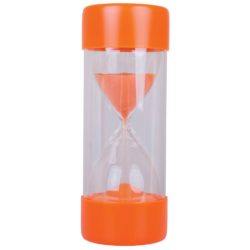

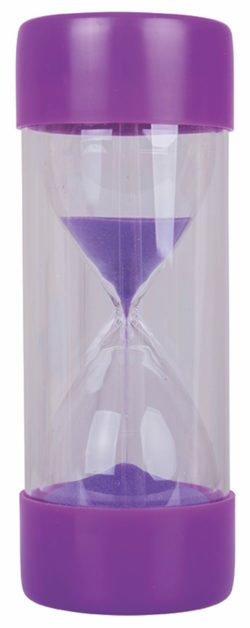

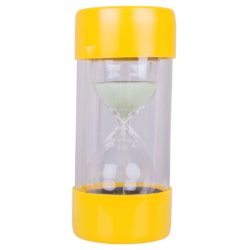

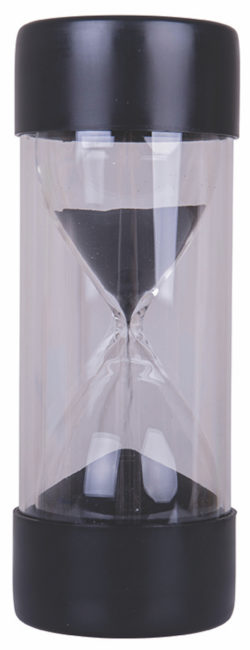

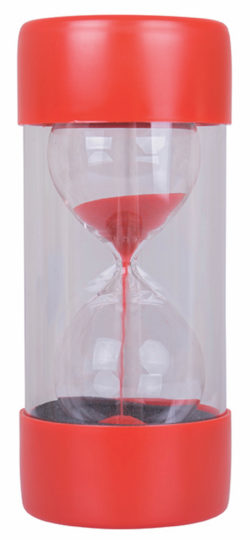

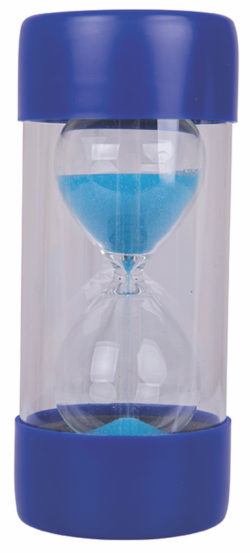

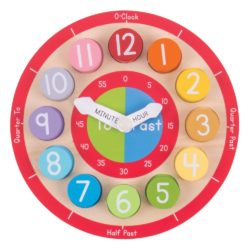

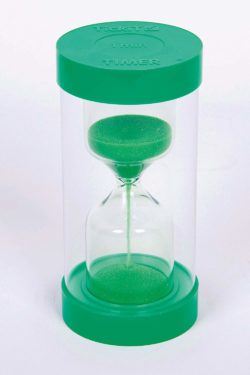

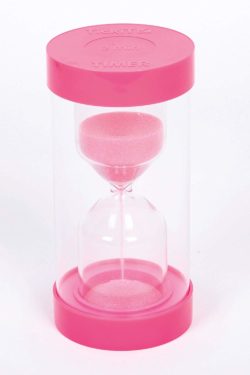
Time for kids can be a difficult concept to grasp. Unlike addition & subtraction or money, time is not something that kids can touch, feel, or manipulate. Without the ability to physically interact with time, children need the help of parents to help them learn. Teaching telling time to young kids is a great start to providing them with a solid foundation for adult time management skills. But merely teaching them to tell time does not help kids understand its value.
Teaching time to kids can include showing children how to measure and tell the time, as well as how to plan and keep a schedule. Children will, therefore, understand the value of time— that time is a finite and most important resource that they have.
Time for kids
Even before children can tell the time, it helps to teach them how to sense and estimate time periods. You can help your kids estimate time by setting a 10-minute timer for kidswhen they’re supposed to be completing a short task. For even simpler tasks, you can set up a 5-minute timer for kidsand help them count as the minutes tick by, so they can begin getting a natural feel for these time segments.
Your goal should not be to rush your kids but to help them understand what an hour, 30 minutes, five minutes, or even a minute feels like. The next time you say, “We leave in five minutes,” they’ll know that doesn’t mean they have time to play with their toys or watch TV. Another way to help kids understand the passage of time is through clock games for kids. You can use a toy time clock face, then talk about the events of the day that correspond to certain times while they move the clock hands to the right spot. For example, they wake up at 7 o’clock in the morning, and at a quarter past 8, they should be at school. This exercise helps kids start associating activities with the actual passage of time.
Teaching time to kids
Time management is the ability to schedule activities effectively. Teaching time to kids, therefore, requires parents to help children plan and balance the activities they have to do and those they want to do. Kids should also know about the passing of days, months, and seasons through the use of calendars. If they want to go and play at the park, for example, you help them check their calendar and schedule it a few days away, rather than the following day.
You can do a count down the days with your child and prepare for the event together. Your child can, therefore, learn more about the passing of time and what it feels like to plan for something, postpone something, and the concept of delayed gratification.
Time games for kids
Time games for kids are an excellent way for them to learn about time in a fun and engaging way. Children sometimes find it hard to grasp the concept of the amount of time between time A and time B, known as “elapsed time. One of the best teaching time gamesto explain the concept of elapsed time is “mountains, hills, and stones”. To play this game, you can use a time book to write a start and end time, such as 8:30 and 9:43. You can then explain to your child that from 8:30 to 9:30 is an hour (or mountain), from 9:30 to 9:40 is a hill, and from 9:40 to 9:43 are three little rocks.
You then draw a peak, curve, and three small circles to represent each of these time blocks. After that, help your child add them up to show how much time has passed. This game takes advantage of storytelling and visuals to illustrate the different periods. The size of the curve relates to the size of the unit of time.
Another great way to teach telling time for kids is the “time blocks” game. You can stick different times on stacking cubes, and have your kids arrange them in order, from 6:00 am to 11:00 pm. Make sure to include times that are a bit more challenging, such as 10:32. Help your kids with how they should say the time as they arrange their time blocks.
Countdown timer for kids
To help kids gain a better understanding of the value of time, you can set start and end times on a big countdown timer for kids when they are doing homework or simple household chores. Help them read the time at the beginning and as they complete the task. Your aim should not be to pressure them but to help them grasp the concept of time’s passing and get better at estimating the time it takes to do various activities. It is also essential to include some free time in their program, where they are in charge of managing that time stretch and can choose the activities that fill that time block.
Clock KS1 and time KS1
There are a variety of primary resources maths toysthat can make telling time for kidsfun and easier to grasp. To introduce the concept of telling time for kids, you can start by using a flip-chart clock to show times such as 7 o’clock and 12 noon on both analogue and digital formats. After teaching hours, you can move on to minutes.
Demonstrate times such as 9:10 and 9:48 and have your kids try to tell what the time is. Make sure they understand that they should start with minutes past or to the hour. To practice telling the time, kids can use numeracy toys to write and show various times.



 01782 698558
01782 698558


